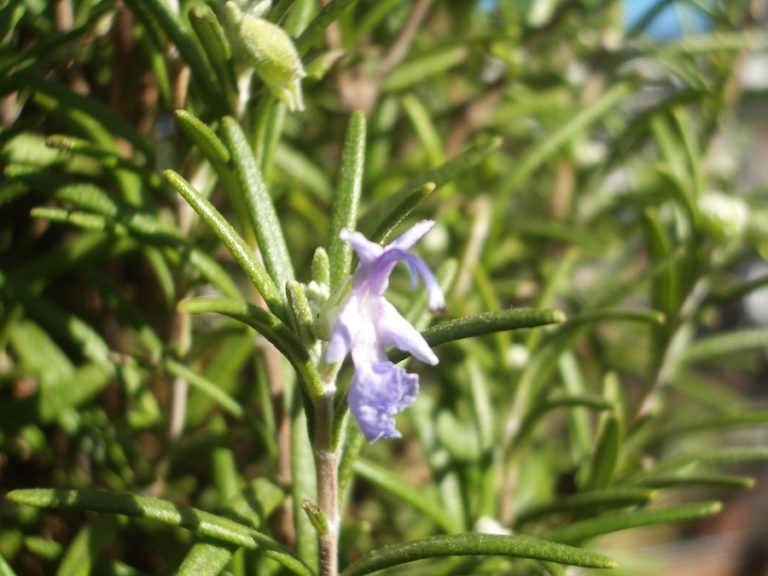
Rosemary Monograph
Student Monograph ~ Rosemary (Salvia rosmarinus, formerly Rosmarinus officinalis) This Materia Medica assignment (new, more in-depth style) was written by Liz Kelly with additional input from
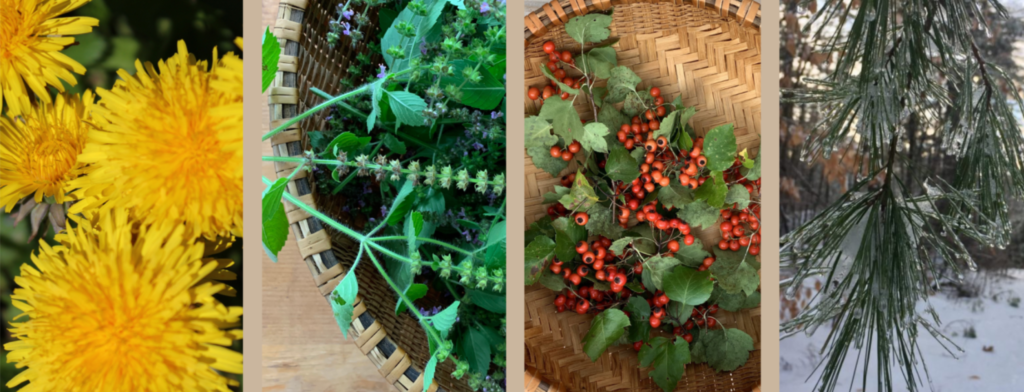
Welcome to the Wintergreen Botanicals blog, where I celebrate the many ways that good health grows in nature. See my most recent blog posts below and the Hubs below/right.

Student Monograph ~ Rosemary (Salvia rosmarinus, formerly Rosmarinus officinalis) This Materia Medica assignment (new, more in-depth style) was written by Liz Kelly with additional input from
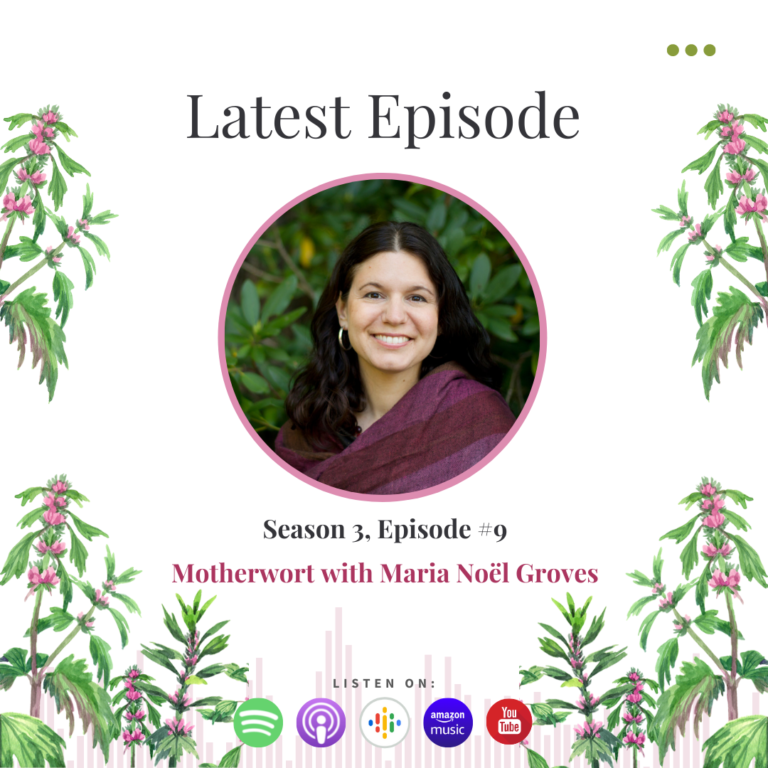
Podcast/Video with Maria & Rosalee de la Foret! I always appreciate Rosalee’s work and her desire to share and uplift the herbal community. So I
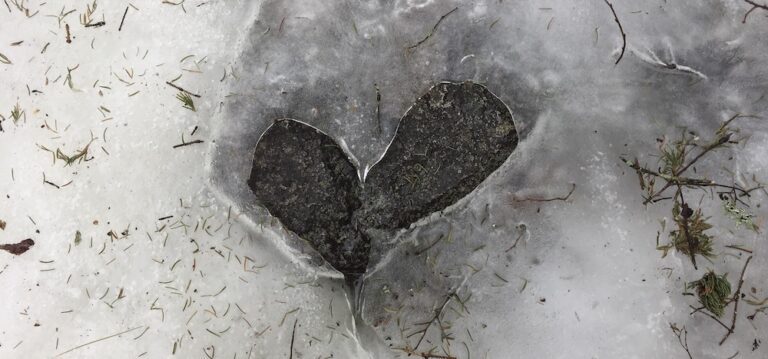
Herbs & Recipes for Libido As we near Valentine’s Day, thoughts often turn to romance, libido, and what kinds of herbs and recipes help kindle
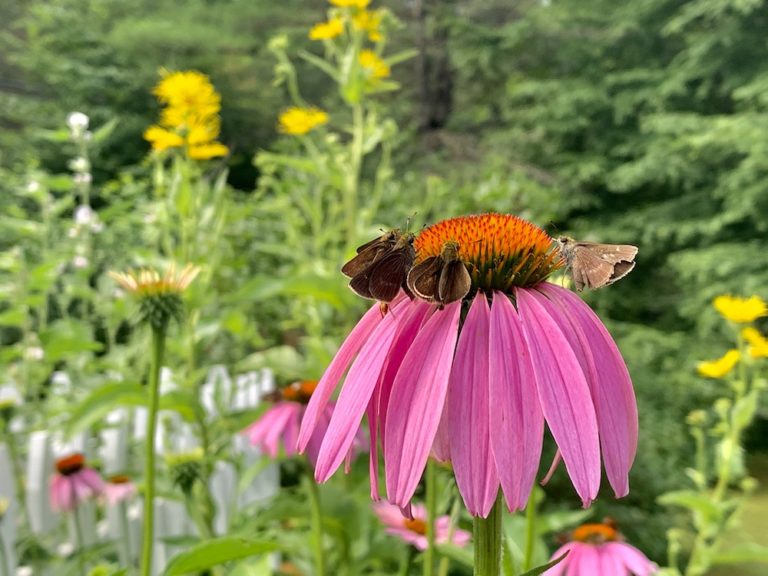
Which Immune Herb to Choose? When it comes to common respiratory infections – which are usually viral in nature – modern medicine doesn’t have much